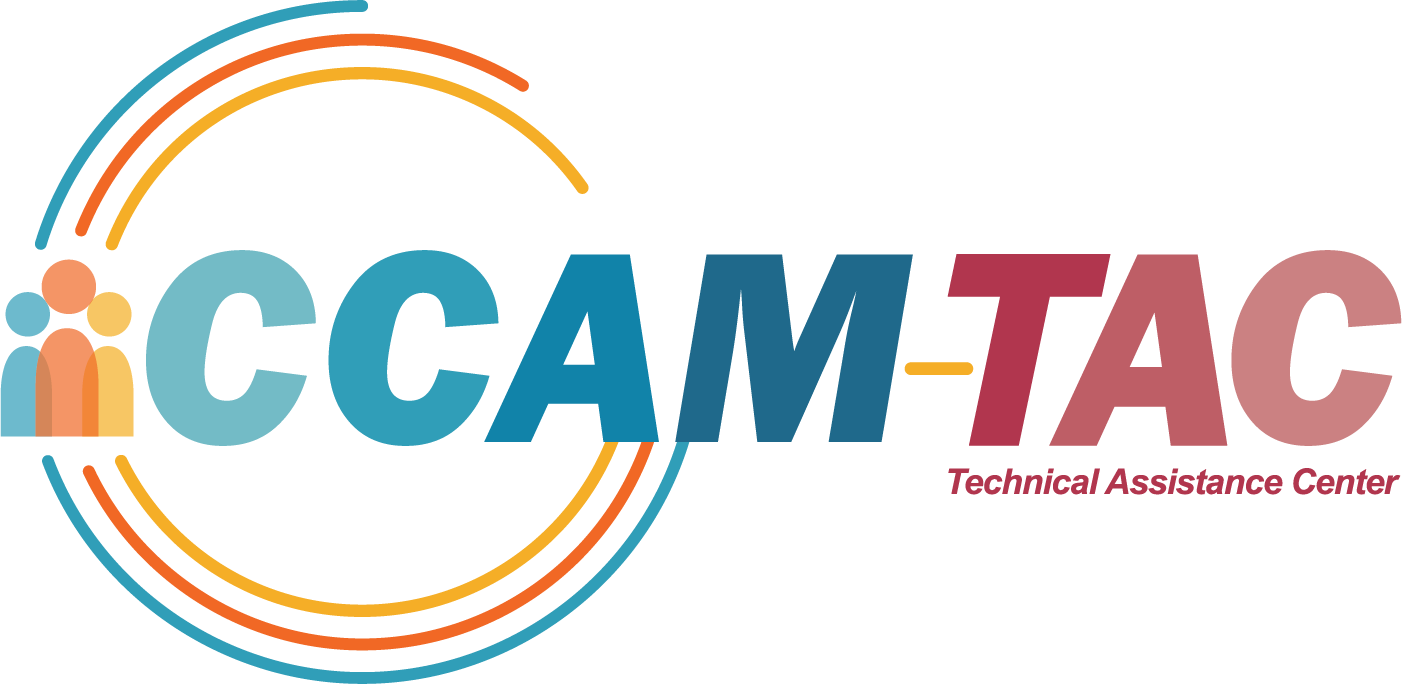
Direct On-Site Technical Assistance Application |
The vision of the CCAM Technical Assistance Center is for all community members to have access to a seamless network of transportation services that support them in integrating into their community and pursuing their goals. To achieve this vision, CCAM-TAC facilitates transportation providers, mobility management practitioners, and their community partners in adopting a customer-centered approach in the design and coordination of transportation services.
CCAM-TAC is seeking letters of interest from communities who would like to have CCAM-TAC facilitate a one-day meeting with mobility management practitioners and their partners to try to solve a particular perplexing mobility issue that requires cross-agency coordination. These meetings will take place in-person (but can be held remotely as circumstances dictate). Through this opportunity, mobility stakeholders within a self-defined “mobility region” will be able to meet, network, and together begin to develop potential solutions to the identified issue. CCAM-TAC will work closely with the selected communities to co-design these one-day meetings to ensure they effectively addresses the communities’ goals.
The Direct On-Site Technical Assistance will be designed to offer networking, training, and information sharing opportunities to develop and deepen mobility management practices in your mobility region. The meetings aim to support and strengthen mobility through the following:
- Enable learning, discussion, and problem solving regarding a specific "regional" mobility issue with involved stakeholders
- Strengthen connections between mobility management practitioners and their partners from other sectors (e.g., veterans care, health care, employment access, transportation, aging services, human service agencies) who are trying to address transportation issues
- Enable the adoption of transportation coordination and mobility management in federal, state, and local transportation programs that are responsive to the mobility needs of older adults, people with disabilities, low-income individuals and families, and other community members